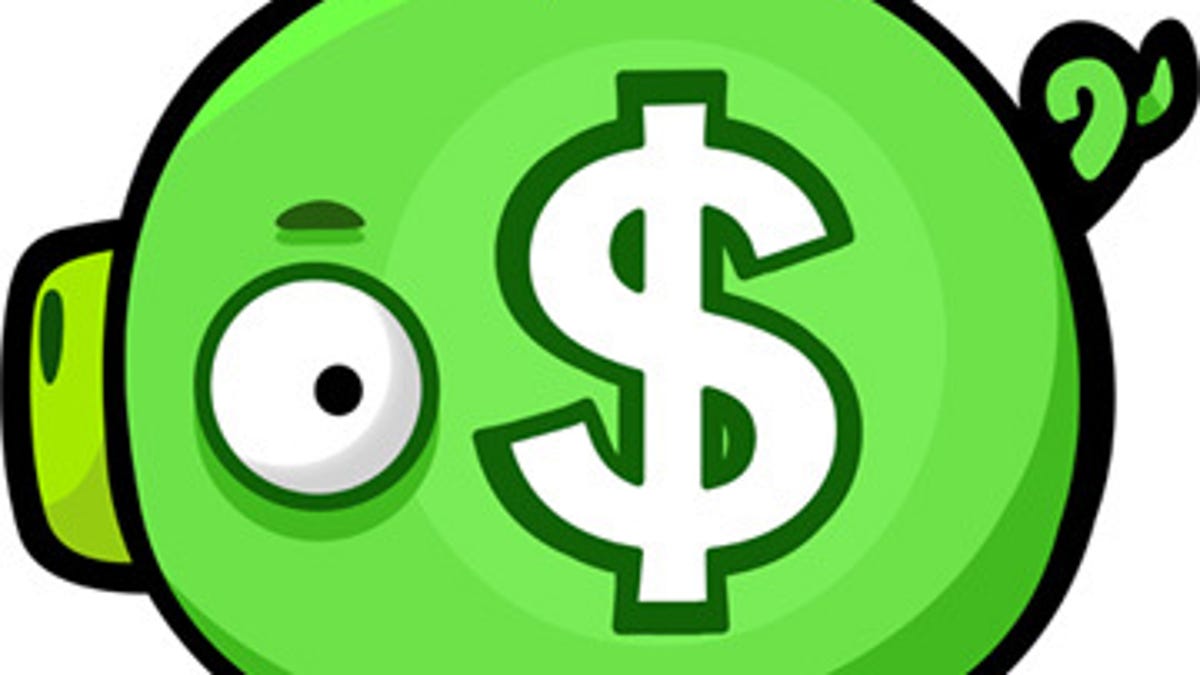Angry Birds adapts to Super Bowl, fragmentation
Version 1.5.1 of the video game ties into a Super Bowl promotion, addresses Android fragmentation and SMS-based purchases, and gets 30 new levels.

Angry Birds developer Rovio Mobile has released a new version of its popular game that comes with a Super Bowl tie-in and tackles the thorny issue of Android fragmentation.
Version 1.5.1 of the bird-flinging game for Google Android and Apple iOS devices apparently comes with an element to promote an upcoming "Rio" version of the game due to arrive in March. "Watch the Super Bowl XLV, and keep your eyes peeled during the fourth quarter: spot the Rio commercial and you might see a little something to find something special in Angry Birds," Rovio said in a blog post today.
On a more routine note, the new version comes with 30 more levels of pig constructions to demolish. And deeper down, the new version comes with two other changes.
Rovio and Google take on fragmentation
First, according to the release notes on the Android Market is a "graphics toggle for lower-end devices." This fulfills the promise Rovio Mobile made when it discovered its earlier Angry Birds didn't work well on lower-end Android devices.
Android fragmentation takes several forms: differing processor power, screen size and performance, operating system version, memory size, keyboard type, and button placement. Google is trying to smooth over some of the issues with a new interface, called the fragment of all things, set to debut in Android 3.0 "Honeycomb."
Apple has minimized resolution complications by exactly doubling the number of pixels in each dimension of the iPhone 4's screen, a move that makes some simple doubling math work to ease compatibility. Android devices use a much broader variety of screen sizes, though, even before the new generation of tablets arrive, and Google has sought to build a more flexible user interface foundation that automatically adapts elements such as menu options to screen sizes.
The fragment element goes farther, though, according to a blog post last week by Dianne Hackborn, a Google Android programmer. Evidently willing to face the issue head on, she remarked, "Fragmentation for all!"
"For developers starting work on tablet-oriented applications designed for Android 3.0, the new Fragment API is useful for many design situations that arise from the larger screen. Reasonable use of fragments should also make it easier to adjust the resulting application's UI to new devices in the future as needed--for phones, TVs, or wherever Android appears," Hackborn said.
Google is working on backporting the feature from Honeycomb to earlier versions of Android, trying to reach back as far back as 1.6, she added. That would mean--assuming mobile phone makers and operators actually released the updates for these older phones--that programmers might have somewhat less of a fragmentation problem to worry about.
In-app operator-based purchasing
Second, the new version has an in-app purchase system on Android devices that bypasses the Android Market and uses operator billing via SMS instead. Operator billing is convenient for the many parts of the world where credit cards are not commonplace.
"We are bringing Angry Birds players on Android the option of purchasing the Mighty Eagle and other cool new content in the future using our brand new payment system, Bad Piggy Bank," Rovio said. "Bad Piggy Bank purchases will be paid through operator billing. No credit card is required, you simply select the content you want to purchase in the game, and select the Bad Piggy Bank icon. You confirm your purchase, the payment is made via SMS, and you will be charged in your phone bill."
The move triggered concern among some would-be fans.
"Beware of a game that all of a sudden wants access to your SMS and MMS service. No thanks. Game is good, but not that good. Won't update til fixed!!" wrote Android Market commenter AJB.
Rovio had this assurance in its blog post: "Angry Birds does not use the SMS functionality of the device for any other purpose than Bad Piggy Bank payments." But that didn't mollify some.
"Sorry. You roll out the functionality and only offer explanation after the uproar. Now I don't trust you. Period. A 'we only use SMS for...' statement on your blog is not a legally binding commitment," said Stacy Wisegarver in a comment on Rovio's blog. "You're off my phone."

